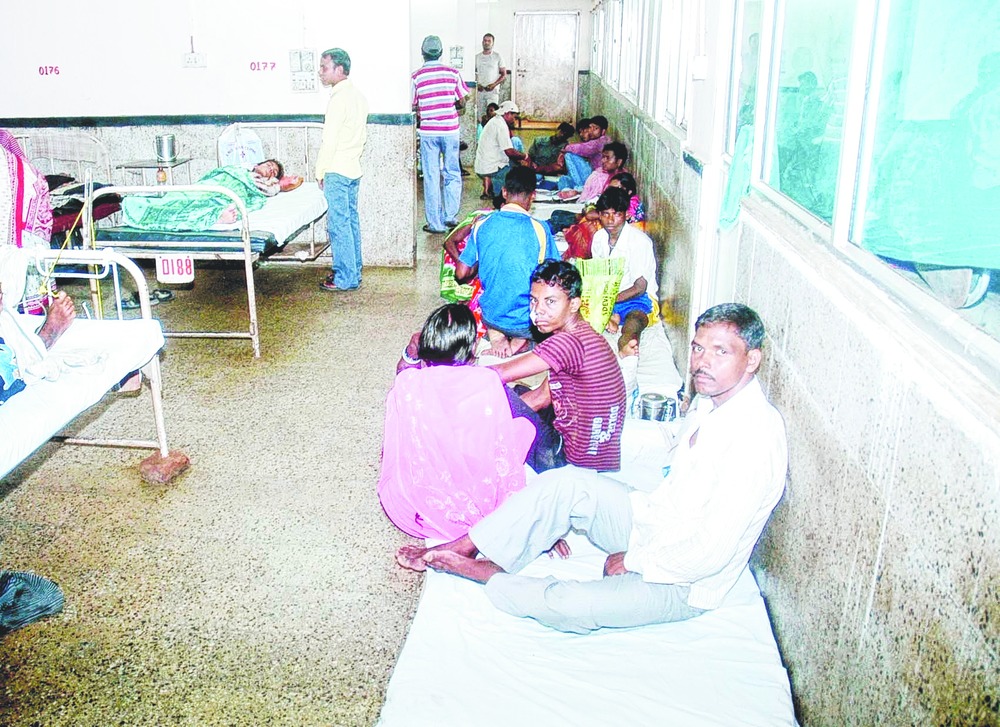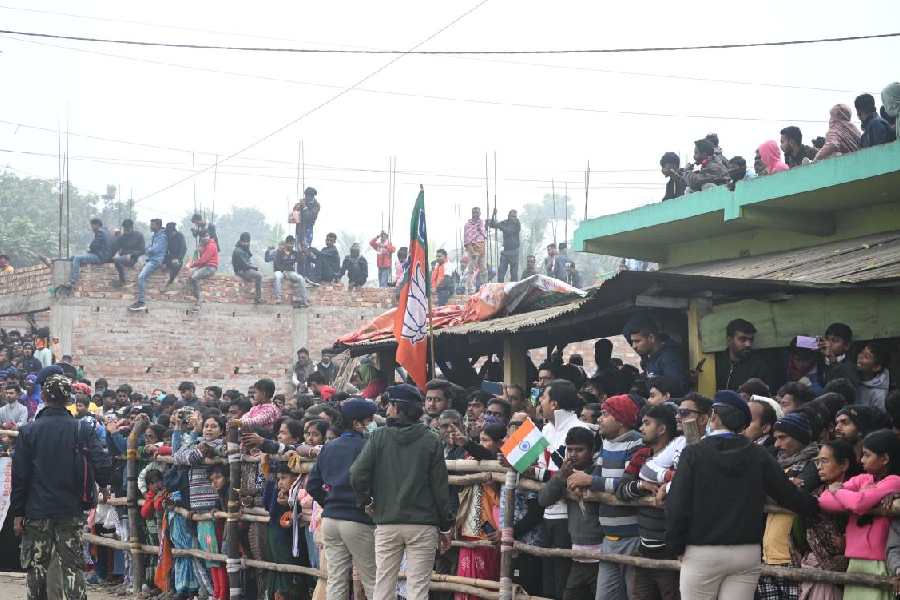
Patients on floor is a common sight at Rajendra Institute of Medical Sciences (RIMS) in Bariatu, Ranchi, and its primary reason is overcrowding.
In order to keep track of patients being admitted to the 1,098-bed hospital, the authorities launched a data management system from Monday.
Staff at the emergency counter, where admissions take place, are required to note down details of patients like from where they have been referred and who referred them among other things.
The details will be forwarded to respective departments.
Like private hospitals, the departments will prepare a record of medical history and follow-up treatment, which will be maintained even after a patient is discharged.
In short, the data management system will help RIMS analyse whether patients are following the government referral system or directly coming to the hospital.
Hospital director Dr B.L. Sherwal told The Telegraph that the hospital was overcrowded because many rural patients skip going to primary and community health centres or even sadar hospitals.
"We have an unstable patient-bed ratio. The analysis of monthly average admission in particular units will help us redistribute beds in each department. Patients on the floor is the most painful sight, which we are unable to stop due to overcrowding," he said.
"Besides, we need to strengthen the primary level of government healthcare. RIMS is a speciality centre, but of late, our doctors are more engaged in diarrhoea, cold and cough or appendicitis cases. RIMS has some of the best doctors whose knowledge and efficiency must be used in curing complex cases that cannot be treated at district hospitals," said Dr Sherwal.
Citing an example, he said: "Suppose a patient has come directly to RIMS from Dhurwa. We need to know under what circumstances he or she did so. The family must know and must be told that for them the first medical stop was Doranda dispensary. There the doctors should have assessed the patient and decided whether to send him or her to RIMS. Similarly, many delivery cases are referred directly to RIMS."
Such details, post-analysis, would help us understand under what condition or situation (lack of proper care or distrust on primary and district-level healthcare centres) were the patients coming to RIMS, he added.
Asked whether data collection would be continued, he replied in affirmative. "We will send an assessment report of the patients' data in the first two months to the health department so that the primary and community health centres and the district hospitals are strengthened, thus helping in reducing the burden over RIMS. The process, however, will be a continuous one. Later, we will upload the patients' information and treatment history in our internal site so that medical students and other doctors can use them for researches," he added.










